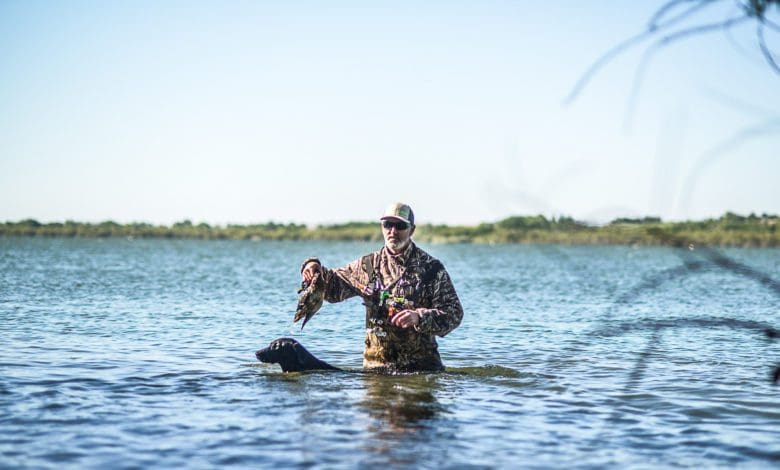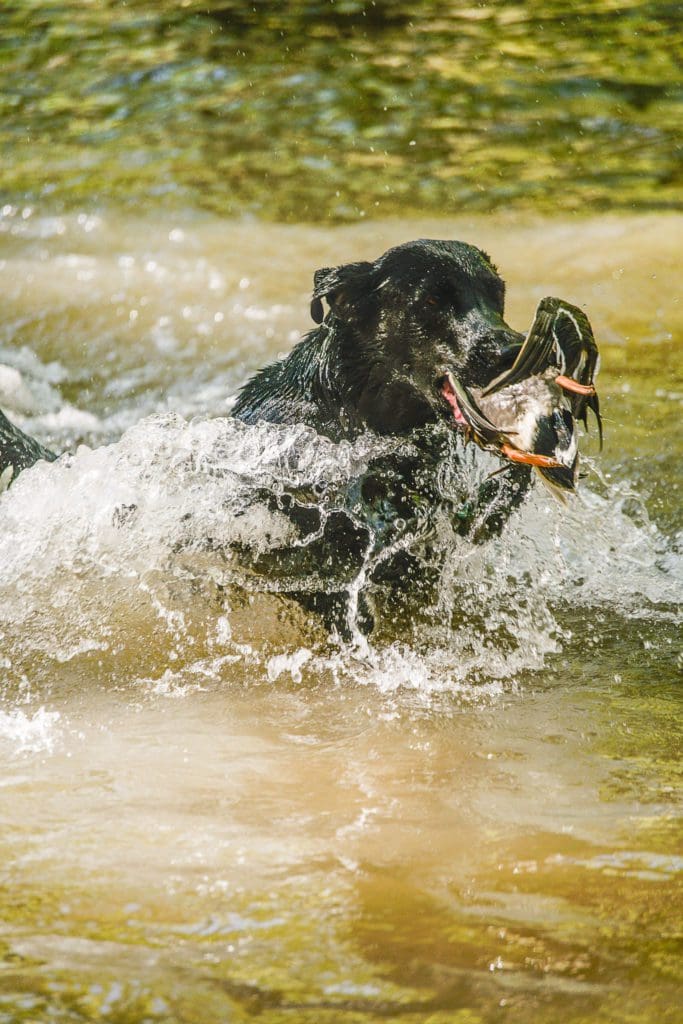How first-time hunters can find their call and get quackin’

Slayer Calls CEO Bill Ayer shares the heritage of his call company and how newcomers to duck hunting can find their way into the sport.
It’s always exciting when a business joins the hunting community with new gear to test out during the season.
Slayer Calls is the new kid on the block, with an impressive array of waterfowl calls that are meticulously designed, hand-crafted and fully made in America. CEO Bill Ayer, aka the Duck Slayer, is the man behind the calls. Hunting Life talked to Ayer about the inspiration behind Slayer and how his business is making it easier for new hunters to get into duck hunting.
What influenced you to start Slayer Calls?
Oh, it’s a long story, but I’ll try to put it in a nutshell. Obviously hunting, fishing and the outdoors is my passion — has been since I was a child. I was doing it with my father and friends ever since I can remember
My uncle was a cobbler, third generation from Italy. Built shoes, fixed shoes, did a bunch of orthopedic-type stuff for people that had foot problems. So I always was at his shop watching him work with his hands. My grandfather was an immigrant from Sicily, was a cabinet-maker, custom furniture-maker. That’s how he made a living. I was always seeing him work with his hands, work with wood. So I took what I grew up with and I was always intrigued with — my passion — and kind of blended the two together and started making my own duck calls. (USE PROMOCODE HuntingLife25Off for 25% off)
It was a hobby for quite a few years. I started giving them to friends and family and so forth. And people were like, “Dude, these things rock — you should sell them.” [I’m thinking,] I’m making a lot more money in the software world than I’m going to be sitting here tooling on duck calls. It takes me two, three hours to build each one.
Long story short, a gentleman that I worked with was like, “You know what? Slayer is an awesome brand. Your duck call is awesome. If you ever want to take this thing to the next level, let me know. I’d love to invest in it.”
So that’s where we are today. I quit my daytime job and am full-time Slayer. Jen [Hetherington] and I worked together at a software company prior to this, and I talked to Jen [about coming on board]. She loved the idea, and here we are.
I know you are working on introducing Master The Call, an educational program, in 2022. What do you think is the No. 1 barrier for hunters getting involved in waterfowl hunting?
The No. 1 barrier …
I think we all have an innate need to be in the outdoors and that we all have it in one way, shape or form — whether it’s hiking, hunting, fishing, camping. I think what prevents people from doing it is just not having the knowledge of where to start. Like, OK, I want to go hiking. So they go, “Where do I find a trail? Where do I find a friend to go hiking with? Where do I find people that have the same interests?”
Hunting could be a little more sophisticated, because now you’ve got guns, ammo, decoys, calls. You have animals that you had to identify, and you have rules and regulations. So it becomes a lot more complex.
So I think people are scared from the sport because they don’t know where or how to get started. And they don’t know people who are in the sport.
So as a new duck hunter, when I come to your site, what is the first call I should really buy from Slayer? Which call is going to help me to become a better duck hunter?
The best call you’re going to want to start with is a double-reed. So stay away from the single-reeds. It takes much more control and more sophistication as far as how you blow your air and how you use it. A double-reed is definitely the way to go.
I’d go with the Drake Slayer Double-Reed (USE PROMOCODE HuntingLife25Off for 25% off). It’s a very easy call to start with and blow. It also has the top end where, once you become more experienced and have more finesse, you can do a lot more with it. It’d be hard to outgrow the double-reed. A lot of the experts or top callers, when they’re hunting, they’re still using double-reeds.
So is the single-reed then basically for your more advanced callers?
Yep. More advanced. You don’t have that top reed to help prevent the single reed from sticking and getting out of control. It keeps it within the zone longer, so you can be more ducky. When you remove that double reed, now it’s just free. It can go as high or as low as it wants. So you have to have really good control of your air to make it sound ducky and prevent the reed from sticking. But with that control, you can make it do more because you have a more responsive reed and you’re pushing the limits of what that reed’s doing.
So as a new duck hunter, I get the Drake Slayer Double-Reed. What are the first two big sounds that I really need to learn?
The main sound you want to be able to produce is the quack. What you may hear on videos is not really duck hunting sounds — they’re just routines to show off how well callers can blow a duck call. [Things like the caller’s and the duck call’s ability to hit and hold notes, and to hit those notes with speed and versatility.]
If you can quack, you can kill ducks. So you really don’t need a second sound. All you need is a quack, quack, quack, and then I’d move into a three-tone quack. So just quack, quack, quack — quack, quack, quack. Once you’ve mastered the quack and the three-tone quack, then you put it into actual duck sequences, like a five-note comeback call or a five-note greeting call.
The one thing you need to master before you move on — everybody wants to start feed calling, everybody wants to start doing a comeback call, everybody wants to do a hail call — but if you don’t master the quack, you’ll never know how to blow a duck call.
How can people find the Slayer website?
It’s SlayerCalls.com. (USE PROMOCODE HuntingLife25Off for 25% off)



